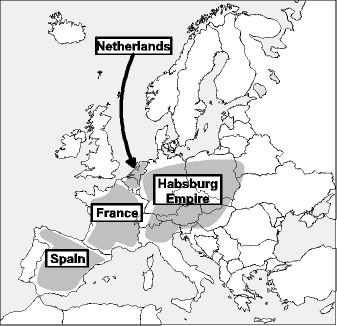A currency becomes intrinsically more valuable as time goes by becausevincecate wrote: > It is an American Crisis era. The American crisis of the
> Revolutionary War had hyperinflation and the American Crisis of
> the Civil War had hyperinflation. Why don't these examples count?
> Is it because there were wars then? But you are predicting a war
> this time too, right? So after the war starts then we could get
> hyperinflation?
> The world was still on a gold standard going into the 1930s
> crisis. You don't get hyperinflation when on gold. It is a paper
> money problem. Since we are on paper money now you should look at
> the crisis eras with paper money to see how paper money works in a
> crisis.
people have more faith in it, and because more people hold stores of
the currency, so it gains a kind of "momentum." A brand new currency
in a war is very vulnerable because it's just paper from a brand new
printing press. Today's dollar is the most credible currency in the
world, with many countries around the world holding hundreds of
trillions of dollars in stores. It's a Titanic of currencies, and
it would take an enormous iceberg to even threaten it.
So any inflation that occurred in the Revolutionary War is not
surprising, since it was a brand new paper currency.
If you google "civil war hyperinflation," what comes up is
http://survivalus.blogspot.com/2010/11/ ... ar_29.html
http://www.sjsu.edu/faculty/watkins/hyper.htm
http://www.indepthinfo.com/economics/hyperinflation.htm
and all of these sources say that the hyperinflation was in the new
currency of the Confederacy, not in the currency of the North.
"During the American Civil War the currency of the Confederacy began
at roughly equivalent to the Union "greenback". By the end of the war,
U.S. currency was worth more than 100 times C.S.A. currency."
So those two examples are irrelevant to anything happening today. If
the Civil War shows anything at all, it shows that the U.S. dollar was
quite stable even during a major crisis war (as it was later, in WW
II).
I don't know why I have to keep repeating this, but there were
hundreds of countries in existence in the 1930s, some debtor nations,
some creditor nations, some "fiat" (which is your term, but which I
consider meaningless) and some not. You would think that at least one
of them would have experienced hyperinflation, if only by accident or
chance, but apparently none did.
Finally, as I've said in the past, if America starts losing the war
badly enough (which I doubt), then anything can happen, including
hyperinflation.
P.S.: Did you know before I posted this that Civil War hyperinflation
referred to the Confederacy, not to the North? If you didn't, then
why didn't you? If you did, then you were purposely trying to mislead
me, which is why we don't get along, Vince.

